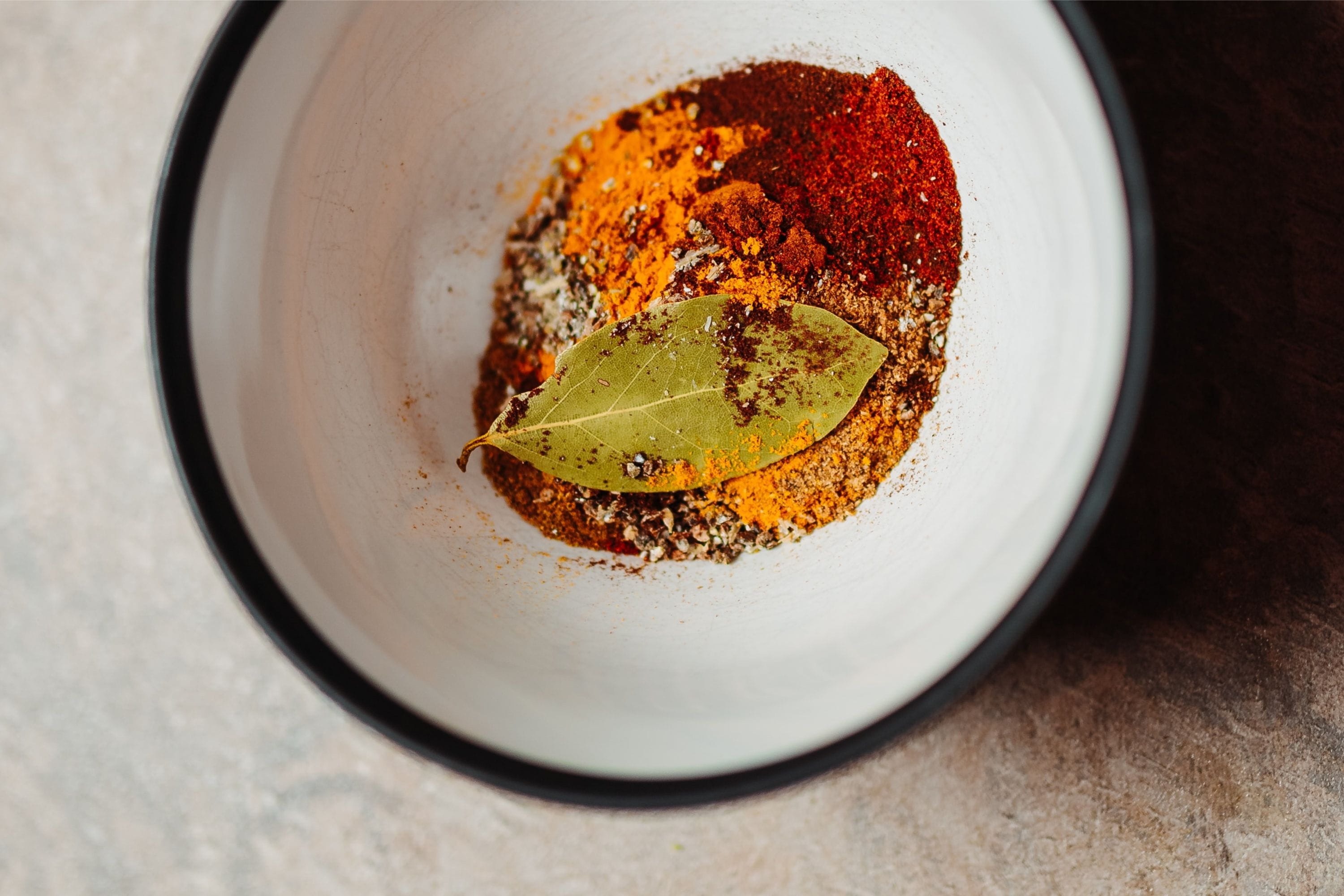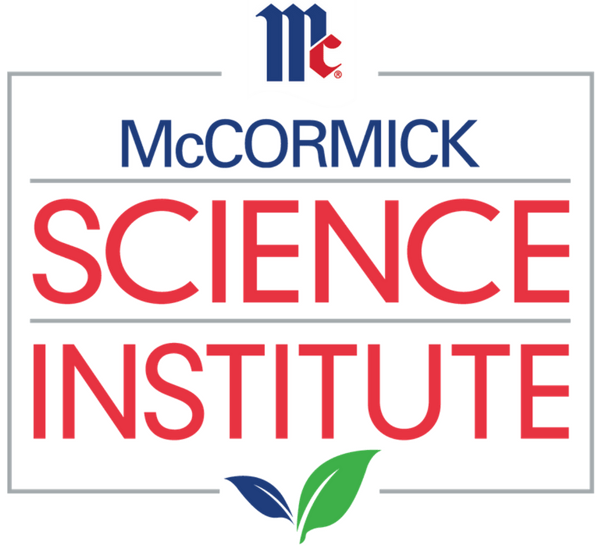July, 2025
Evaluating the Influence of Videos on Medical Professionals’ Perception of Using Herbs and Spices for Healthy Cooking and Potential Application in Patient CareThe effect of culinary doses of spices in a high-saturated fat, high-carbohydrate meal on postprandial lipemia and endothelial function: a randomized, controlled, crossover pilot trial
Petersen, K. S., Rogers, C. J., West, S. G., Proctor, D. N., & Kris-Etherton, P. M

Overview
Previously it has been shown that incorporation of >11 g of spices into a mixed meal blunts postprandial lipemia, which may reduce acute endothelial impairment. The effect of lower doses of spices remains unclear. The aim was to examine the postprandial effect of a meal high in saturated fat and carbohydrate inclusive of spices (2 g or 6 g) or exclusive of spices (0 g) on flow mediated dilation (FMD), lipids and lipoproteins, glucose, and insulin in men at-risk for cardiovascular disease.
Methods
A 3-period randomized, controlled, crossover, pilot study was conducted. In random order, subjects consumed a high-saturated fat, high-carbohydrate meal (1076 kcal, 39 g saturated fat, 98 g carbohydrate) with 0 g, 2 g and 6 g of mixed spices. After meal consumption, blood was drawn hourly for 4 hours and FMD was measured at 2 and 4 hours. Serum lipids and lipoproteins, and insulin were measured in the fasting state and at each post-meal time point; plasma glucose was also assessed at each time point. Subjects were 13 men aged 52 ± 9 years that were overweight or obese (29.9 ± 3.1 kg m−2), and had an enlarged waist circumference (102.2 ± 8.9 cm).
Results/Conclusions
Time (p < 0.05) and treatment (p < 0.05) effects existed for FMD and triglycerides; no time by treatment interactions were detected. Post hoc testing showed that the meal with 6 g of spices lessened the postprandial reduction in FMD compared to the meal with no spices (−0.87 ± 0.32%; p = 0.031); no other pairwise differences were observed. Triglyceride levels were lower following the meal with 2 g of spices vs. the no spice meal (−18 ± 6 mg dL−1; p = 0.015); no difference was observed between the meal with 6 g of spice and the no spice meal (−13 ± 6 mg dL−1; p = 0.12). Glucose and insulin were unaffected by the presence of spices in the meal.
In conclusion, this study provides preliminary evidence suggesting that lower doses of spices (2 and 6 g) than previously tested may attenuate postprandial lipemia and impairments in endothelial function caused by a high-saturated fat, high-carbohydrate meal.






